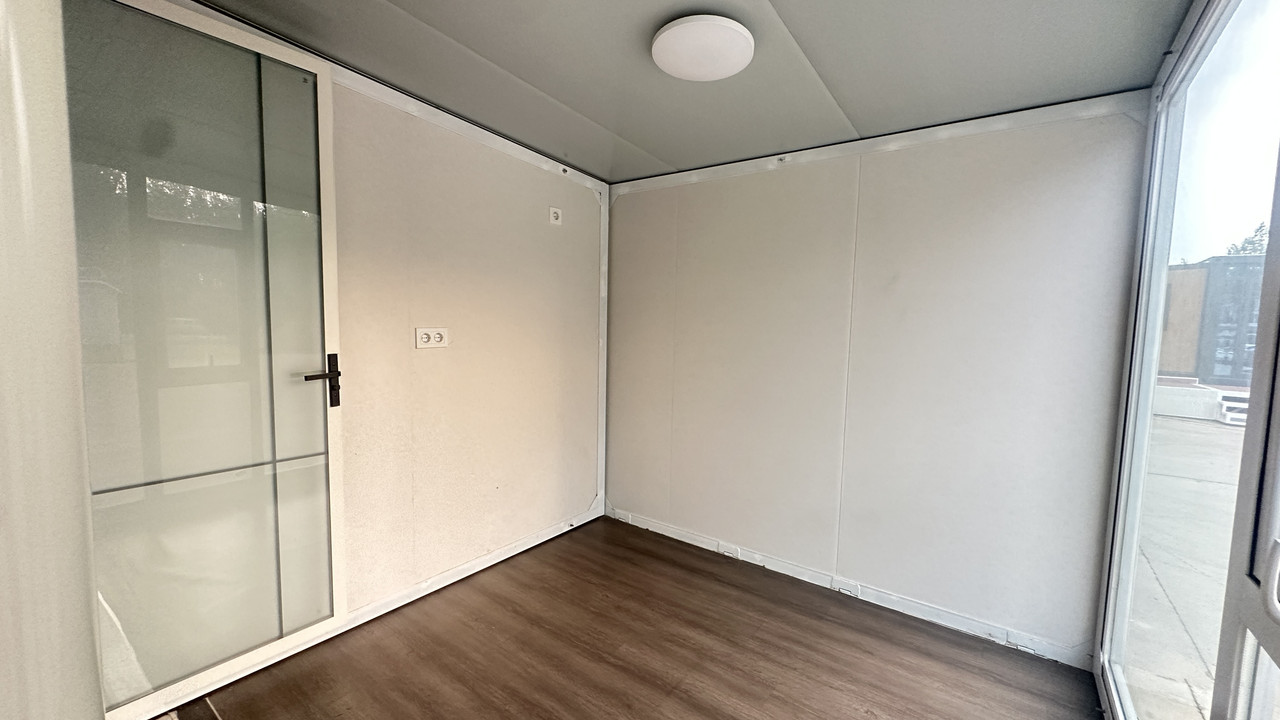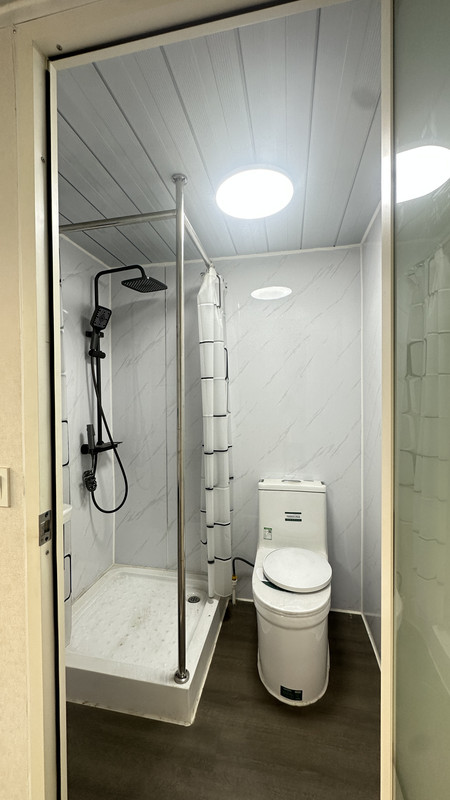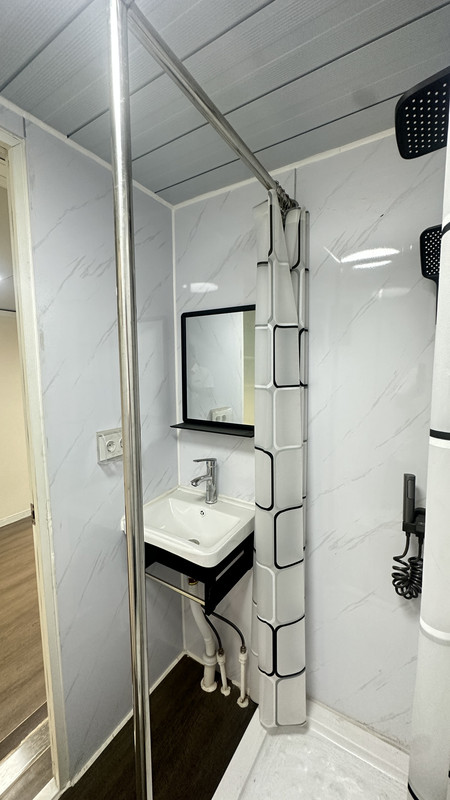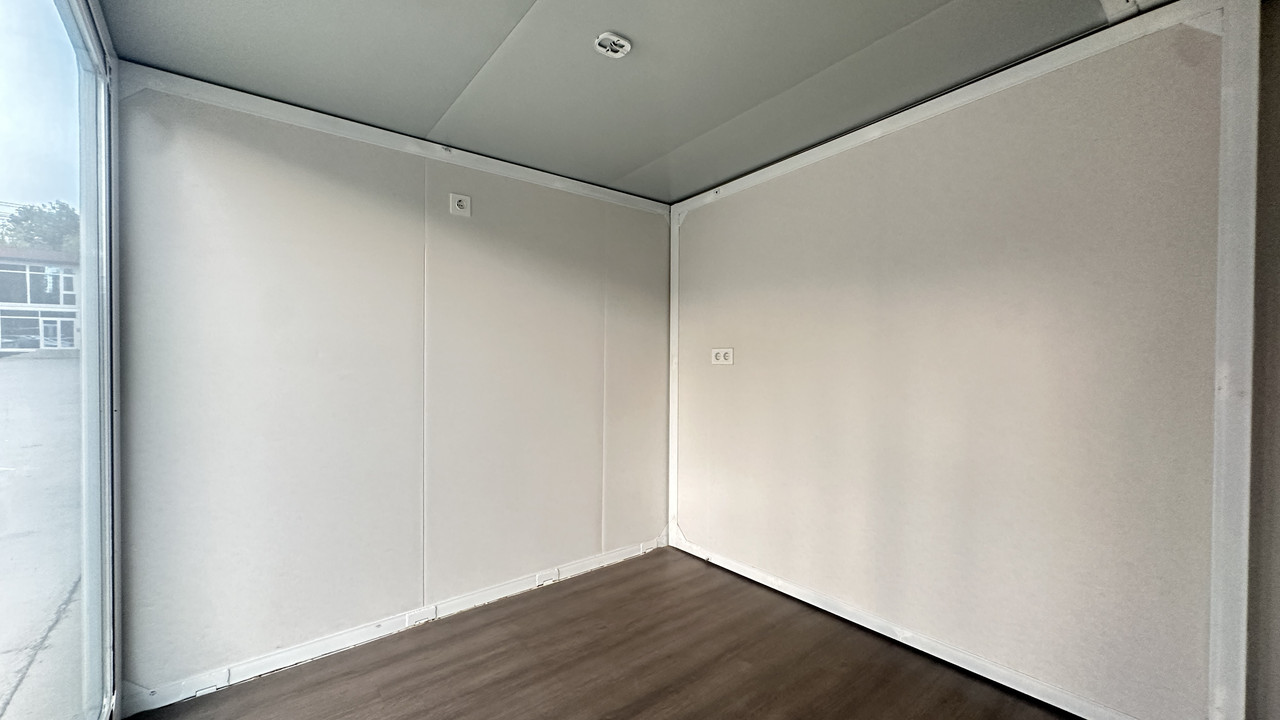摘要: Discover the innovative 10ft expandable container house designed as an anti-disaster shelter. This compact yet robust structure offers rapid deployment, superior durability against earthquakes, floods, and extreme weather, and eco-friendly features. Perfect for emergency relief or off-grid living, it combines mobility with military-grade resilience.
In an era where climate-related disasters strike with alarming frequency, finding reliable housing solutions has become critical. Enter the 10ft expandable container house – a game-changing anti-disaster dwelling engineered to protect lives when conventional structures fail. This compact marvel transforms from a portable unit into a full-fledged shelter in minutes, offering unmatched resilience against nature’s fury. Let’s explore why this innovation is redefining emergency housing.
What Makes It an Anti-Disaster Powerhouse?
Unlike traditional homes, this expandable container is built like a fortress. Its core features include:
- Earthquake Resistance: Foldable steel frames absorb seismic shocks, while reinforced corners prevent collapse during tremors up to magnitude 8.0.
- Flood-Proof Design: Elevated foundations and waterproof seals keep interiors dry even in 3ft floodwaters. Non-corrosive materials prevent rust damage.
- Wind Resilience: Aerodynamic profile and heavy-duty anchoring systems withstand winds up to 180mph – outperforming most permanent structures.
- Fire Retardancy: Rock wool insulation and steel cladding provide 2+ hours of fire resistance, crucial for wildfire-prone areas.

Expandable Magic: From Compact to Comfortable
What sets this anti-disaster house apart is its transformative design. At just 10ft wide when folded, it fits on standard trucks for rapid transport to disaster zones. Once on-site:
- Hydraulic systems expand the unit to triple its size in under 10 minutes.
- Floor space grows from 100 sq ft to 300 sq ft, accommodating 4-6 people.
- Integrated solar panels and water tanks deploy automatically for off-grid functionality.
This video shows the impressive expansion process – no construction crew needed! The house arrives as a single unit and unfolds like origami, making it ideal for emergency responders.
Built for Survival: Technical Specs
Every component is optimized for disaster scenarios:
| Frame Material | Galvanized steel with anti-rust coating |
| Insulation | 100mm rock wool (R-15 thermal rating) |
| Windows | Bulletproof polycarbonate with storm shutters |
| Power System | 2kW solar + 5kWh lithium battery |

Real-World Anti-Disaster Applications
This isn’t just theoretical – these houses have proven their worth globally:
- Hurricane Relief: Deployed in Florida after Hurricane Ian, providing shelter where FEMA trailers couldn’t reach.
- Earthquake Zones: Used in Turkey and Syria as temporary clinics with seismic stability.
- Wildfire Evacuation: California fire stations use them as mobile command centers.

What’s remarkable is how quickly they become operational. Watch this time-lapse of a full setup in disaster conditions:
Cost-Effective & Eco-Friendly
Being anti-disaster doesn’t mean breaking the bank:
- 50% cheaper than building traditional emergency shelters.
- Reusable for 20+ years with minimal maintenance.
- Solar power reduces reliance on diesel generators.
- Materials are 85% recyclable at end-of-life.

Is This the Future of Disaster Housing?
With climate disasters increasing by 75% since 2000, innovations like this 10ft expandable container house aren’t just convenient – they’re lifesaving. Their blend of mobility, durability, and rapid deployment addresses critical gaps in current emergency response systems. As one FEMA director noted: “These units arrive faster, last longer, and protect better than anything we’ve used before.”

For homeowners in high-risk areas, humanitarian organizations, or governments prepping for the next big disaster, this anti-disaster house represents a paradigm shift. It’s not just shelter – it’s peace of mind in a box. Ready to explore how this could revolutionize your disaster preparedness plans? The future of resilient living is unfolding, one expandable container at a time.
